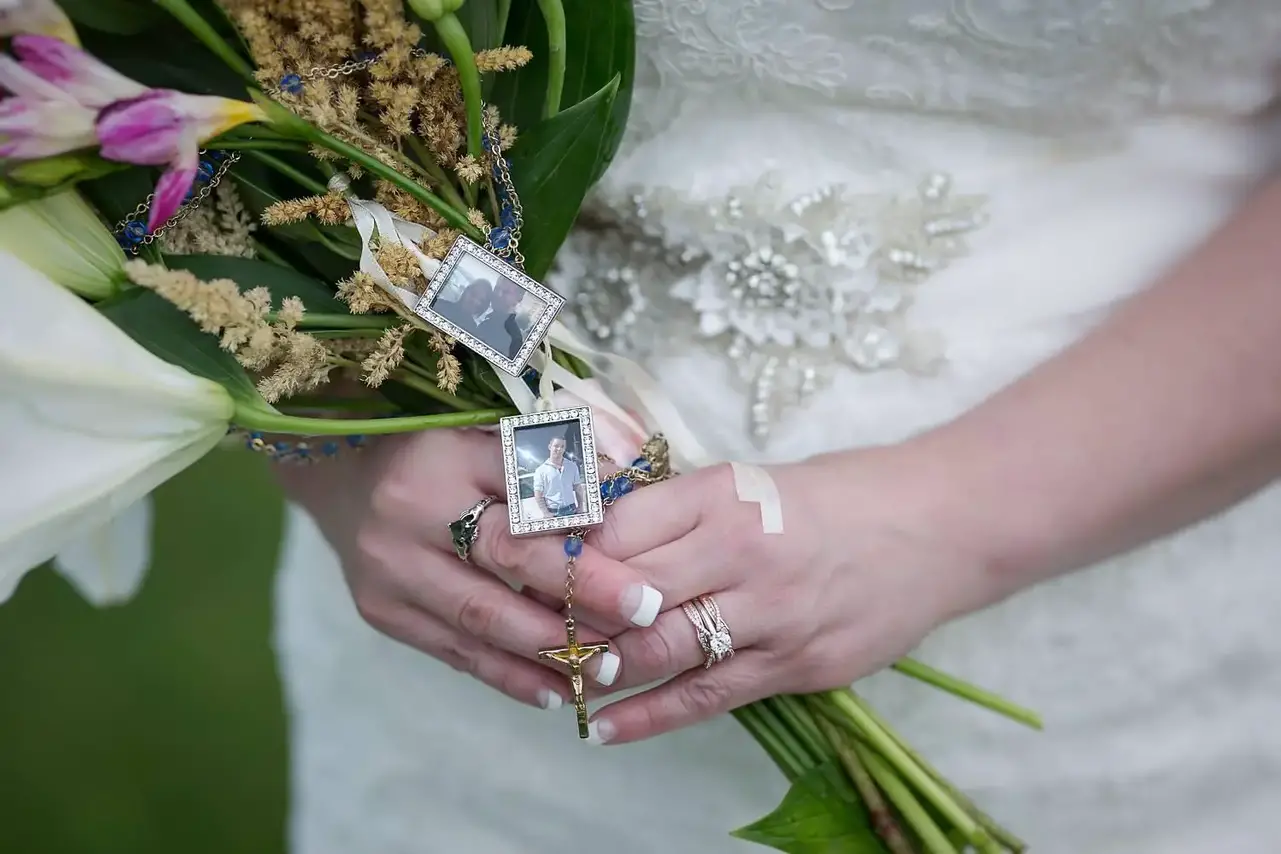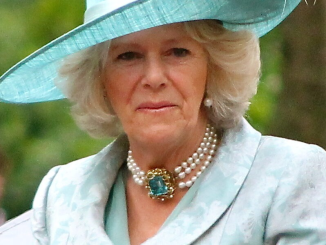Those nine months a mom carries her baby are filled with joy, anticipation, and a dose of uncertainty. What the new parents hope for is their bundle of joy to be healthy. Sadly, that is not always the case.

Jennie Wilklow, from Highland, New York, couldn’t wait to meet her daughter. She and her husband were over the moon to hold her in their arms. All the ultrasounds and doctor’s appointment suggested the baby was healthy, so they were eased and never thought sweet Anna would be born with a condition that would change all of their lives forever.
Jennie delivered Anna via C-section at 34 weeks. Doctors told her she looked beautiful and that was all Jennie needed to hear at that point.
Shortly after, the proud mom heard her daughter cry, and that was just another sign that everything was right with her little jewel.

When her husband visited Jennie, he was strangely silent and looked worried and puzzled.
“My husband’s silence scared me; he just sat in shock as the doctor left, and I prodded for more info,” Jennie shared with Cafe Mom.
“He just kept saying, ‘It’s bad.’ What does that even mean? I thought in my head. He told me, ‘Jennie, I looked in her eyes, and she has the most beautiful soul.’”
Anna was diagnosed with harlequin ichthyosis, a rare condition that causes thick diamond-shaped plates that are separated by deep cracks. “As they tried frantically to help her, her skin hardened within seconds (of birth). After hardening, it began to split, causing open wounds all over her body,” Jennie told Cafe Mom.
\

Although doctors weren’t sure she would survive, Anna beat the odds and is thriving. “She was beauty in the purest form,” her mom said.
There isn’t cure, and the treatment is quite demanding as it requires constant baths and keeping the skin as much moisturized as possible. “Every couple of hours I covered her with Vaseline and bathed her for many hours of the day. I had dreamed for years about the things my baby would wear, and though it seemed so trivial, it was what I struggled with most,” Jennie said.

In an attempt to raise awareness about this condition, Jennie posts photos of Anna on her Instagram page harlequindiva. She opens up about the everyday struggles and what it is like to have a child with harlequin ichthyosis.
“Anna captured everyone’s hearts because she is the purest form of perfection. Doing the work every day is simple when I’m doing it for her, and with every new accomplishment, the world celebrates with me,” Jennie told Cafe Mom.
She adds, “I now understand that I was given her because of the love I already carried in my heart for my daughter. Anna was meant for me, and I for her, and together we will show the world what true beauty is.”

Woman leaves an empty seat for her late son on her wedding day – She can’t believe it when she sees an unknown person sitting in the chair…

Life is unpredictable. Sometimes, no matter how hard we try to make things right, God has other plans.
Becky is a woman who tragically lost her son Tristan, who was just 19 years old at the time he left this world. Her grief was immense. She couldn’t possibly imagine her life without her child, but over time, her loved ones helped her accept the reality and move on.
Around two years after Tristan’s passing, Becky was about to marry the love of her life, a man named Kelly.

On the day of their wedding, the two decided to leave an empty seat in Tristan’s honor with a heartwarming message written on it. “What should I do now that I’ve arrived in heaven for your wedding? I will stoop to your level in order to spend it with you. Please save me a seat, even if there is only one available chair. Although you might not notice me, I shall be present.”

As the ceremony proceeded, Kelly informed Becky that there was someone there who wanted to see her. A young man who took Tristan’s chair. When she saw him, Becky wasn’t mad. On the contrary, spotting the young man, she was overwhelmed and couldn’t stop tears from rolling down her face.

That man, Jacob, was the recipient of Tristan’s heart. Tristan was an organ donor, and Jacob wasn’t the only person whose life he saved.

When Kelly informed Jacob that he and Becky are getting married and invited him to the ceremony, Jacob was more than willing to travel from San Diego in order to attend it. It was a beautiful surprise that warmed Becky’s heart and made her day. She felt like her son was present on her wedding day.

Becky was then given a stethoscope so that she could hear her late son’s heartbeat. It was an emotional moment no one could ever forget.

Someone snapped photos of the beautiful surprise and shared it on Facebook. The story went viral in a matter of days and many praised Kelly for his love for Becky.

Many people took their time to comment, with one person writing: “Why is it that we can’t just have one news channel that is dedicated to delivering uplifting and motivational stories like this one? If only the goodness and thoughtfulness that exists in the world were distributed more widely, it could inspire more of the same.”



Leave a Reply